Dirty Rat
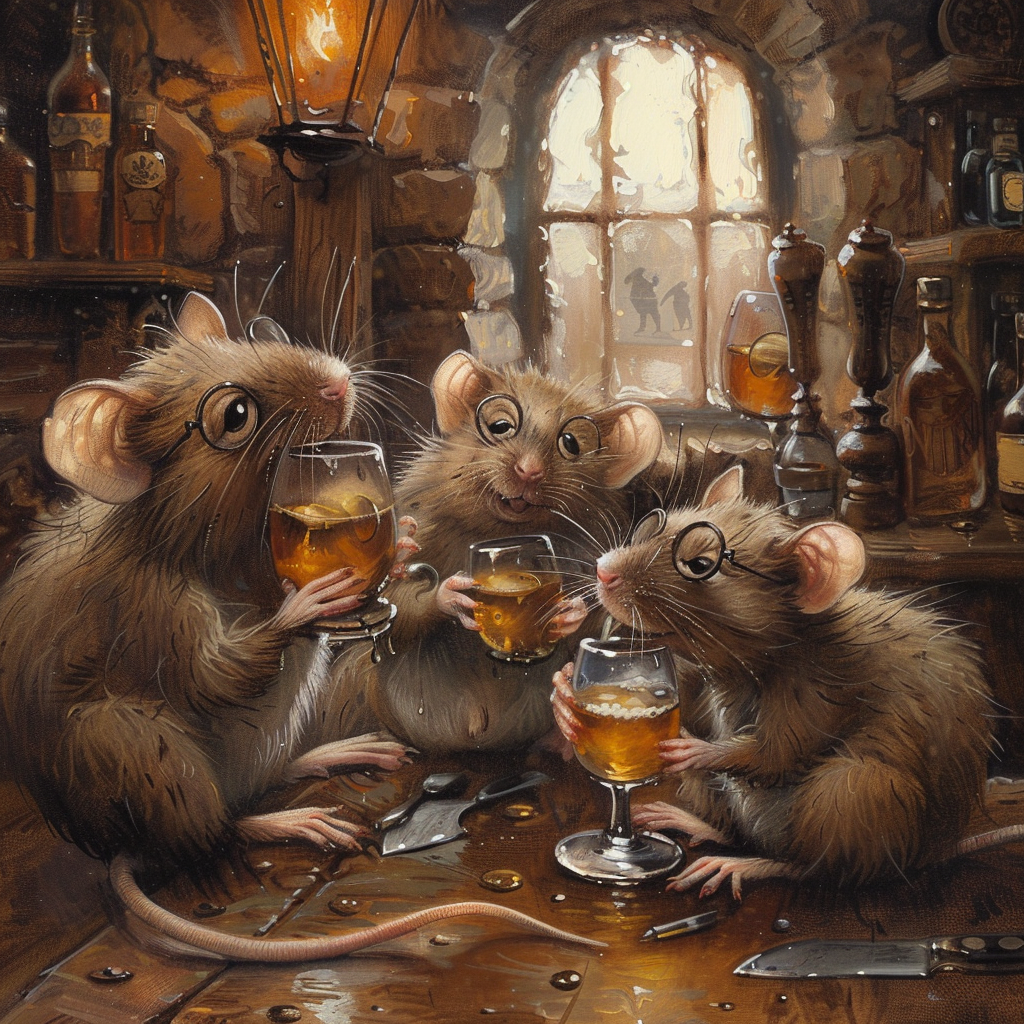
In the gaslit shadows of cobblestone alleys, where bowler-hatted gents rubbed elbows with soot-smeared urchins, a term was born that would slither its way through the decades: "dirty rat." But to truly understand its genesis, we must peel back the layers of time, like the wallpaper in a forgotten speakeasy, to reveal the story beneath.
Our tale begins not with the phrase itself, but with its spiritual ancestor: the "blackguard." In the waning years of the 18th century, as gentlemen in powdered wigs debated politics in coffee houses, the blackguard roamed the streets. These were the lowest of the low, the boot-blacks and chimney sweeps, the pickpockets and ne'er-do-wells who made honest folk clutch their purses tighter.
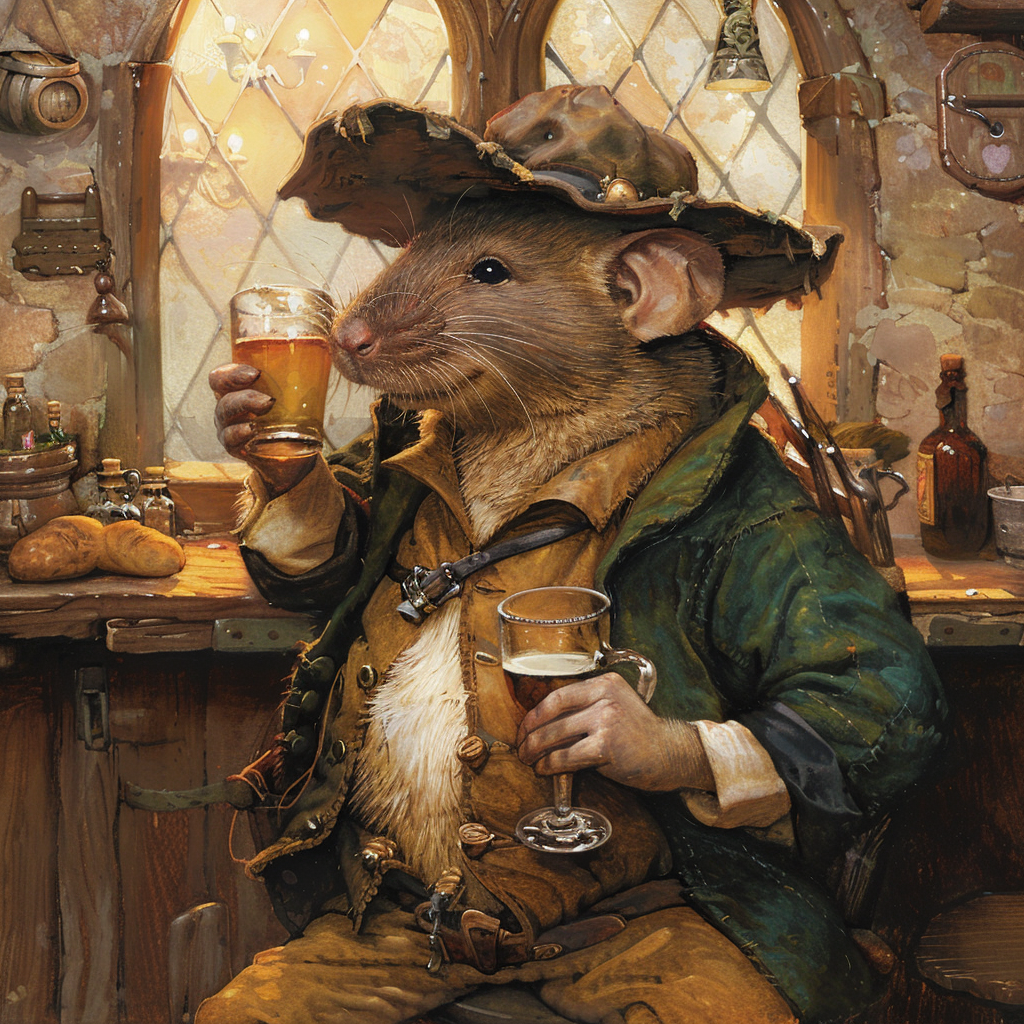
"Blackguard," pronounced "blaggard" by those who used it most, was a term of utmost contempt. It painted a picture of a soul as dark as the soot that clung to a sweep's skin, a character as tarnished as an unpolished silver spoon. As one 1790 lexicographer put it, "A dirty fellow of the meanest kind."
But language, like the tide in the Thames, is ever-changing. As the Industrial Revolution belched smoke into the sky and drew throngs to the burgeoning cities, new forms of villainy emerged. The rat – that ever-present denizen of urban squalor – became a powerful symbol of all that was unclean and untrustworthy.
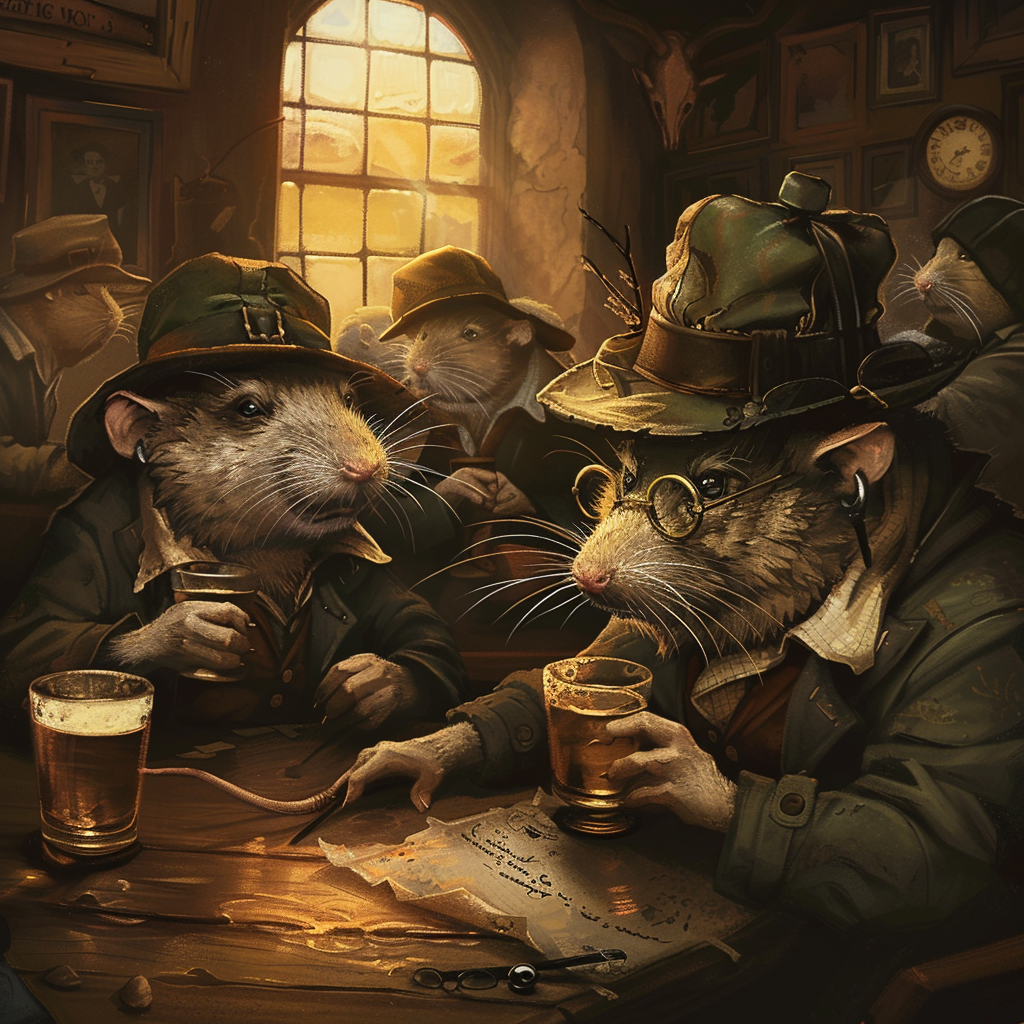
In the gin-soaked halls of Victorian London, where Dickens found inspiration for his most unsavory characters, "rat" began to take on new meaning. No longer just a four-legged pest, it became a two-legged one. "He's a rat," they'd say of a man who'd betray his own kin for a shilling. The term was sharp, quick, like the creature it named.
But it was across the pond, in the pressure cooker of American urbanization, that "dirty rat" truly came into its own. As the 19th century gave way to the 20th, cities like New York and Chicago became crucibles of slang. The criminal underworld, with its own code and vernacular, latched onto "rat" with particular fervor.
Picture, if you will, a smoke-filled room in a Chicago speakeasy, circa 1912. The air is thick with tension and the scent of bathtub gin. A man in a pinstriped suit leans in close to his compatriot, voice low and dangerous: "We got us a rat in the operation, see? A dirty, double-crossing rat."
It was this world – the world of mobsters and molls, of tommy guns and Model Ts – that catapulted "dirty rat" into the American lexicon. The addition of "dirty" was a masterstroke of linguistic efficiency. In two syllables, it encompassed all the grime of the blackguard, the treachery of the rat, and added a layer of moral corruption that was palpable.
Hollywood, never one to miss a trend, seized upon the phrase with gusto. In 1932, James Cagney snarled his way into cinema history in "Taxi!" with a line often misquoted but never forgotten: "Come out and take it, you dirty, yellow-bellied rat, or I'll give it to you through the door!" The die was cast. "Dirty rat" had found its place in the pantheon of insults.
As the years rolled on, "dirty rat" softened somewhat, becoming almost quaint in its tough-guy posturing. But its essence – that fusion of physical filth and moral bankruptcy – remains potent. It stands as a testament to our enduring fascination with the underworld, a linguistic relic of a time when the line between law and lawlessness was drawn in chalk on rain-slick streets.
So the next time you hear "dirty rat," whether from the lips of a silver screen gangster or in jest from a friend, remember: you're not just hearing an insult. You're experiencing a piece of linguistic archaeology, a phrase that carries within it the dust of Victorian London, the smoke of Chicago speakeasies, and the enduring power of urban folklore.
In the end, "dirty rat" is more than just two words. It's a story – our story – of cities and sins, of language that lives in the shadows and thrives in the light.
The Dirty Rat: A Prohibition-Era Hooch for the Discerning Gangster
Listen up, you mugs! You wanna know how to mix a drink that'll put hair on your chest and fire in your belly? Well, pipe down and pay attention, 'cause I'm only gonna say this once. Here's how you make "The Dirty Rat" – a cocktail so rough, it'll make you squeal like a canary.

What You'll Need (for one tall glass of trouble):
- 2 fingers of bathtub gin (or vodka if you're yellow)
- 1 finger of dry vermouth
- 1/2 finger of olive brine (the dirtier, the better)
- A splash of fresh lemon juice
- 2-3 drops of Tabasco sauce (optional, for them what's got moxie)
- Ice, cracked like them bones you owe money to
- 2-3 olives, stuffed with blue cheese if you're a real big shot
How to Mix It (without spilling a drop, if you know what's good for you):
- First, get yourself a mixing glass. If it ain't clean, that's jake – adds character.
- Toss in a handful of ice. Make it snappy, we ain't got all night.
- Pour in your gin. Don't be stingy – we ain't running a charity here.
- Splash in that vermouth. Just a touch, mind you. We're making a cocktail, not cleaning a wound.
- Now for the dirty part – add that olive brine. This here's what separates the men from the boys.
- Squeeze in some lemon juice. Fresh, ya mook! None of that bottled hooch.
- If you're feeling brave, add them Tabasco drops. It'll put a glint in your eye and a spring in your step.
- Now shake it like you're dodging bullets. Put some elbow grease into it!
- Strain it into a chilled glass. If you ain't got a strainer, use your fingers. Just make sure they're clean, capisce?
- Garnish with them olives. Spear 'em good with a toothpick – think of it as sending a message.
- Take a swig and feel it burn all the way down. If it don't make you wince, you ain't made it right.
Remember, drink it slow and steady. This ain't no pansy juice – it's a serious drink for serious folks. And if anyone asks where you got the recipe, you keep your trap shut. As far as you know, you never heard of no "Dirty Rat."
Now scram, and enjoy your hooch like a proper gentleman of ill repute!
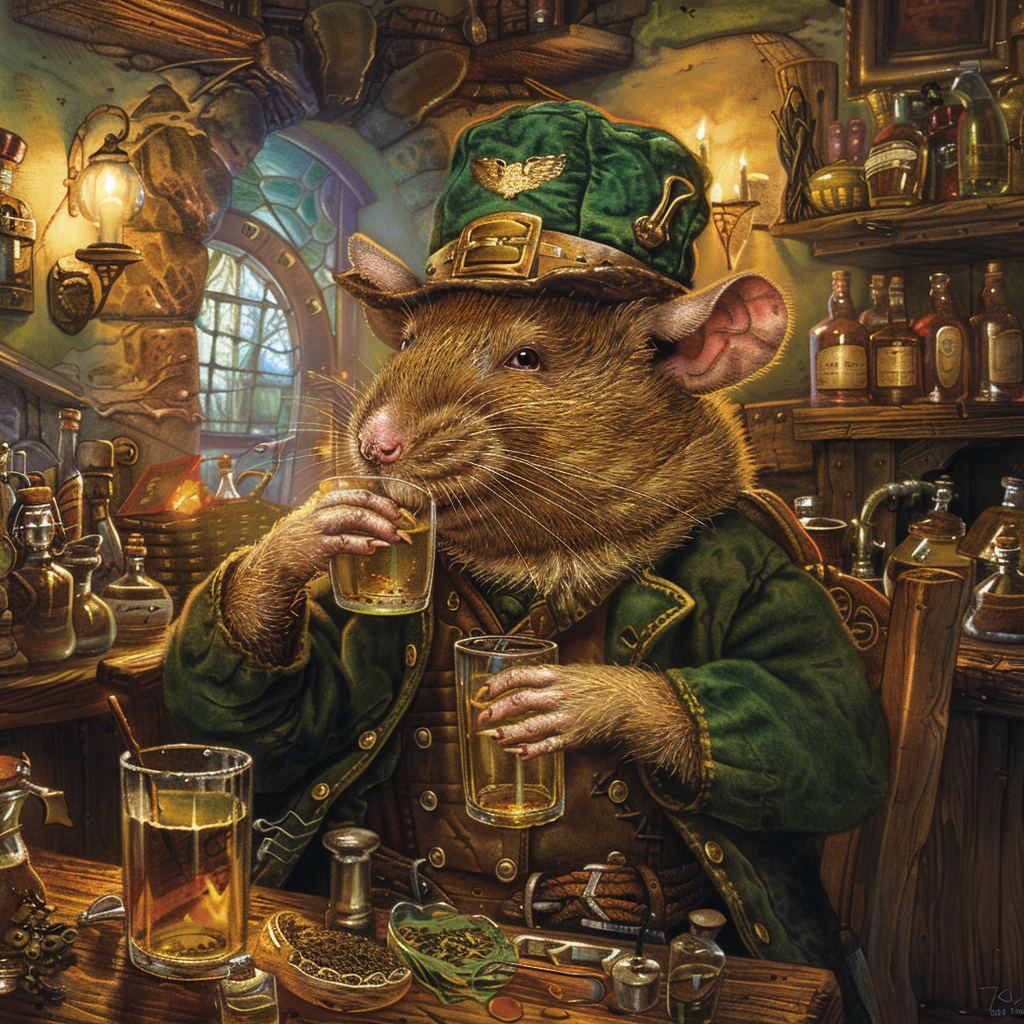
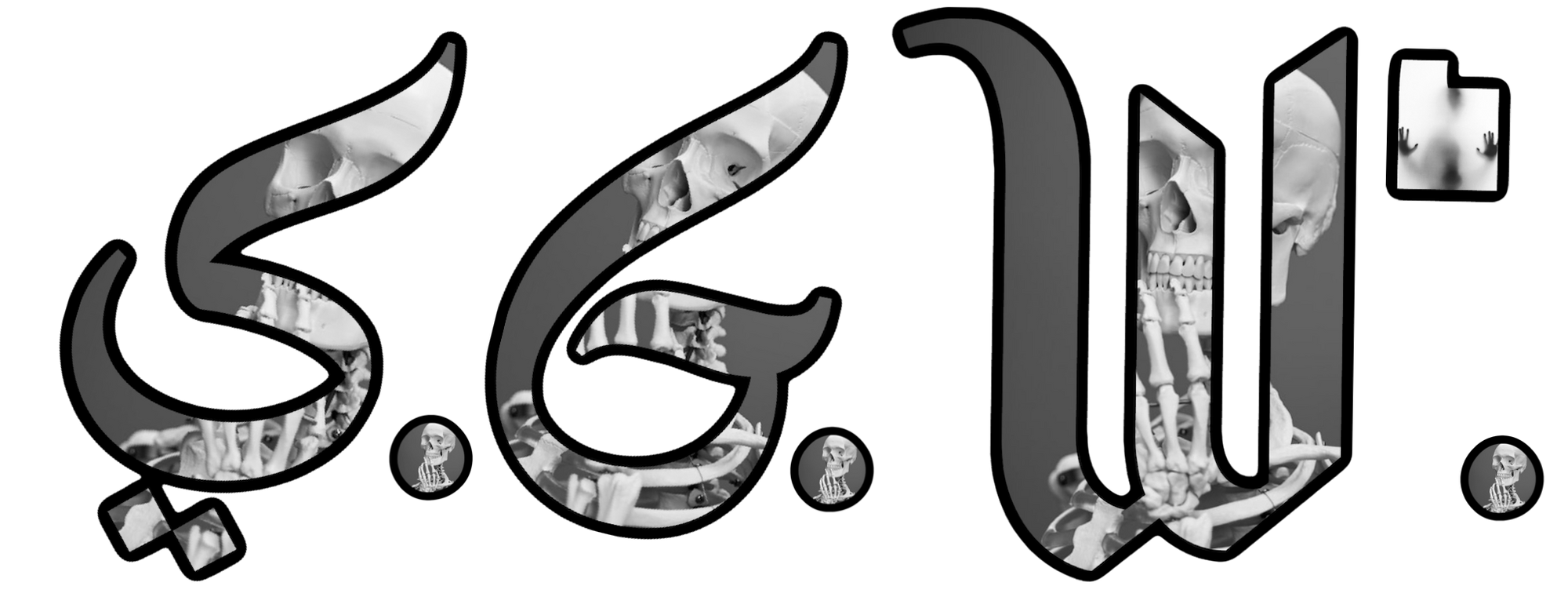
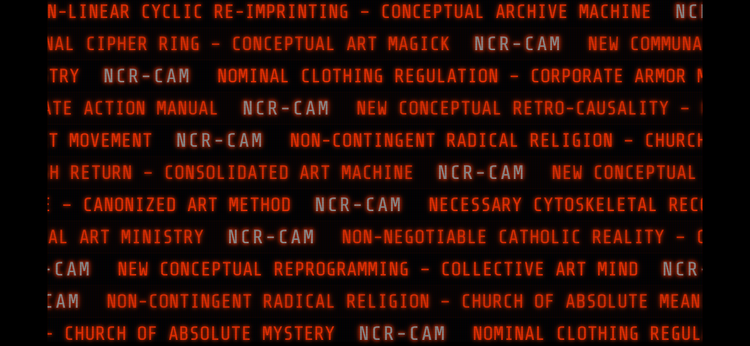



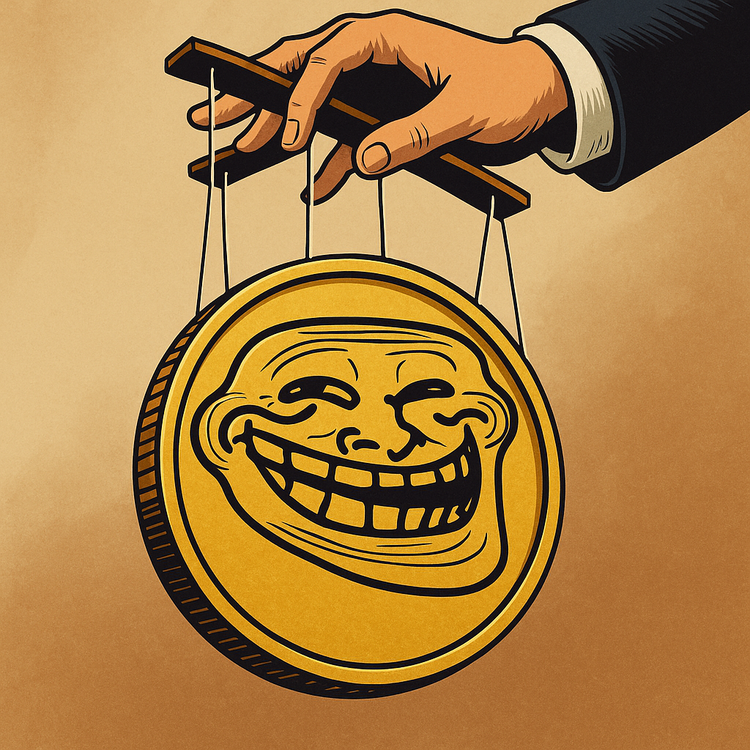
Member discussion